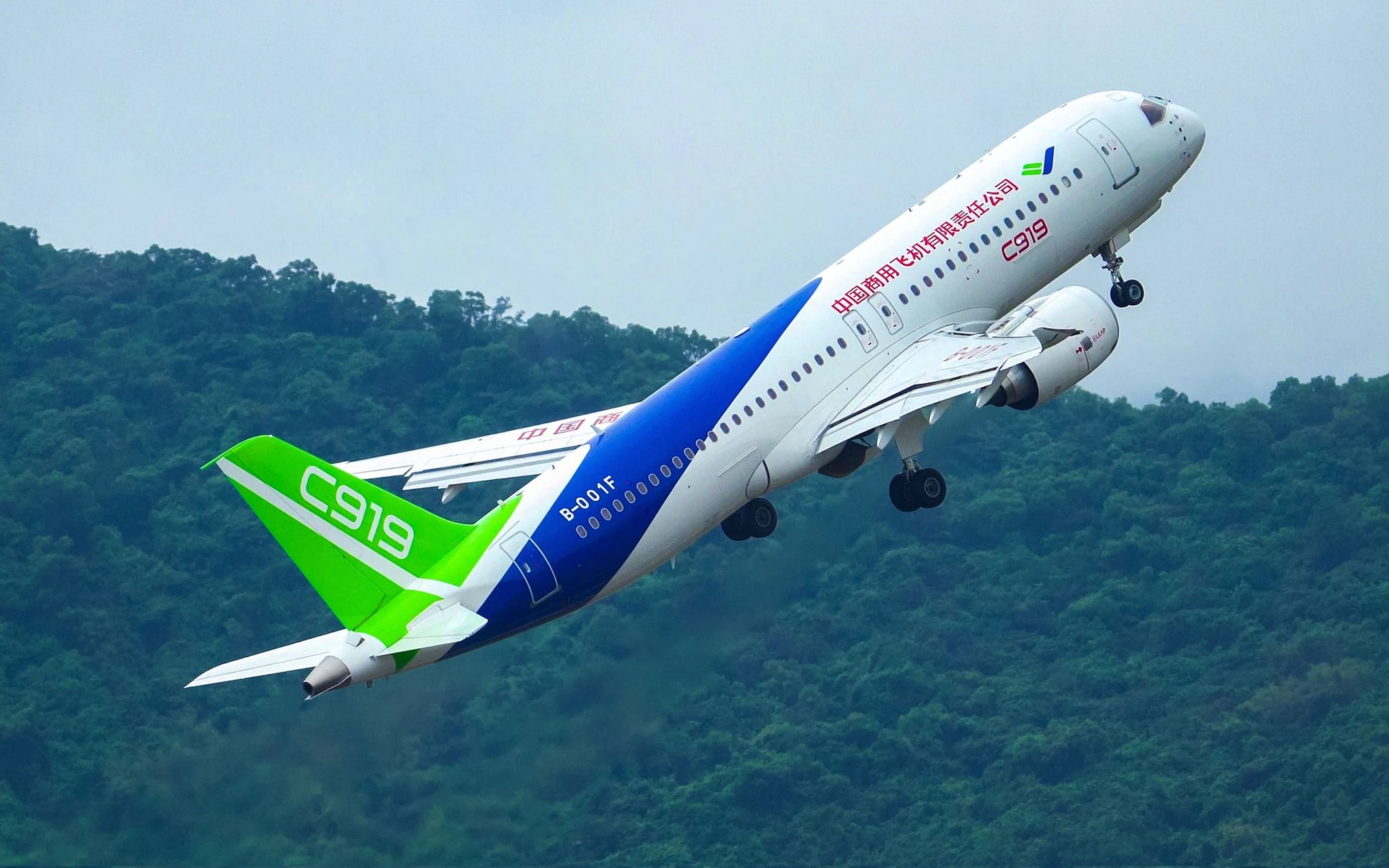
With the C919, China is presenting its first serious challenger to the mid-range aircraft models produced by Airbus and Boeing. The aircraft, developed by the state-owned manufacturer Comac, symbolizes Beijing’s goal of reducing technological dependencies and becoming independently competitive in key strategic industries.
Although the project was launched back in 2008, it took years of development, testing, and certification before the aircraft officially entered commercial service in 2023. Today, the C919 is already in operation with several Chinese airlines, and hundreds more have been ordered—a clear sign of the program’s strategic importance.
China’s domestic market gives Comac a significant advantage. The country’s aviation sector is one of the largest and fastest-growing in the world. Through government support and preferential treatment over Western manufacturers, the C919 can secure a strong foothold in this home market. In the long term, however, China is clearly aiming to compete globally.
A key barrier remains international certification—especially in Europe and the U.S. Without these approvals, exports to Western markets will remain limited. Still, there are early signs that international airlines are beginning to take notice of the C919, particularly as rising prices from established manufacturers prompt some to explore alternatives.
Technically, the C919 is competitive. It offers similar passenger capacity and range as comparable models from Airbus and Boeing. Larger and smaller variants are already in development to serve different segments of the market. Operating costs, according to the manufacturer, are also projected to be favorable.
At the same time, the aircraft still heavily relies on Western technology. Many of its key components—from engines to avionics—are sourced internationally. While China is working to bring these capabilities in-house, doing so will take time and substantial investment.
The C919 is a prime example of China’s long-term industrial strategy: secure domestic market access, build technological capabilities, and then push into global competition. For companies operating in or entering the Chinese market, this highlights once again how seriously the Chinese government takes the development of homegrown value chains—not only in IT or automotive, but increasingly in aerospace as well.
For market entry strategies, the implication is clear: Foreign companies looking to succeed in China must understand the political landscape and the state-supported industrial initiatives in detail. Ideally, they should find ways to participate constructively in these developments or offer complementary services. The evolution of the C919 makes one thing unmistakably clear—the rules of global competition are changing.
Can you afford not to be in China? Talk to us, we’ll help you succeed in China.